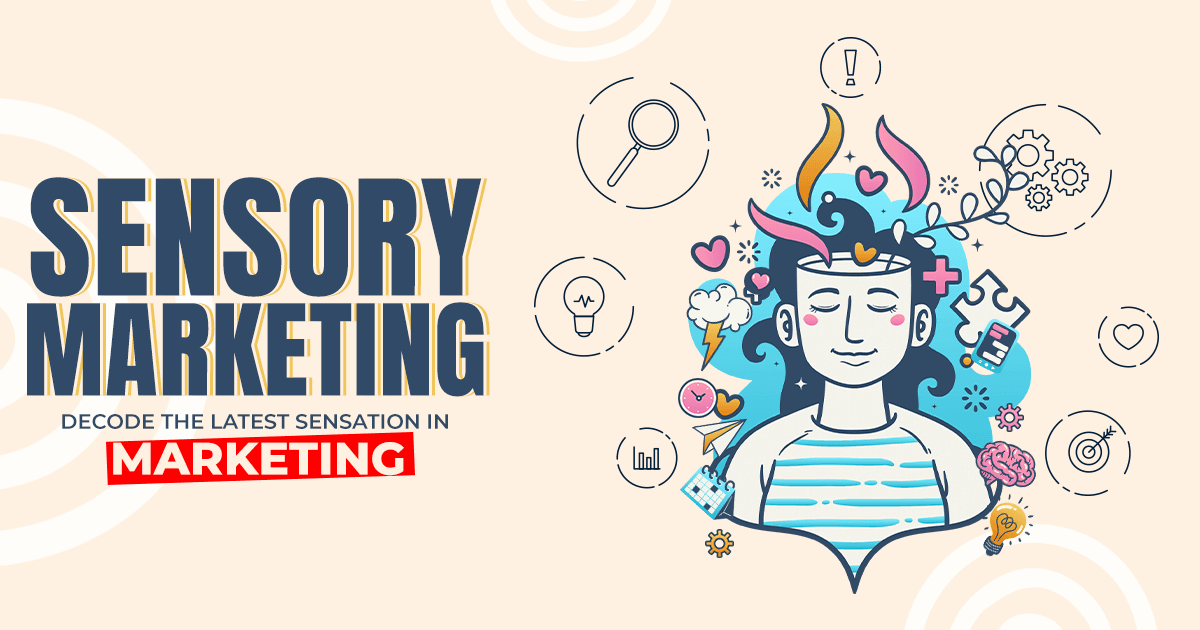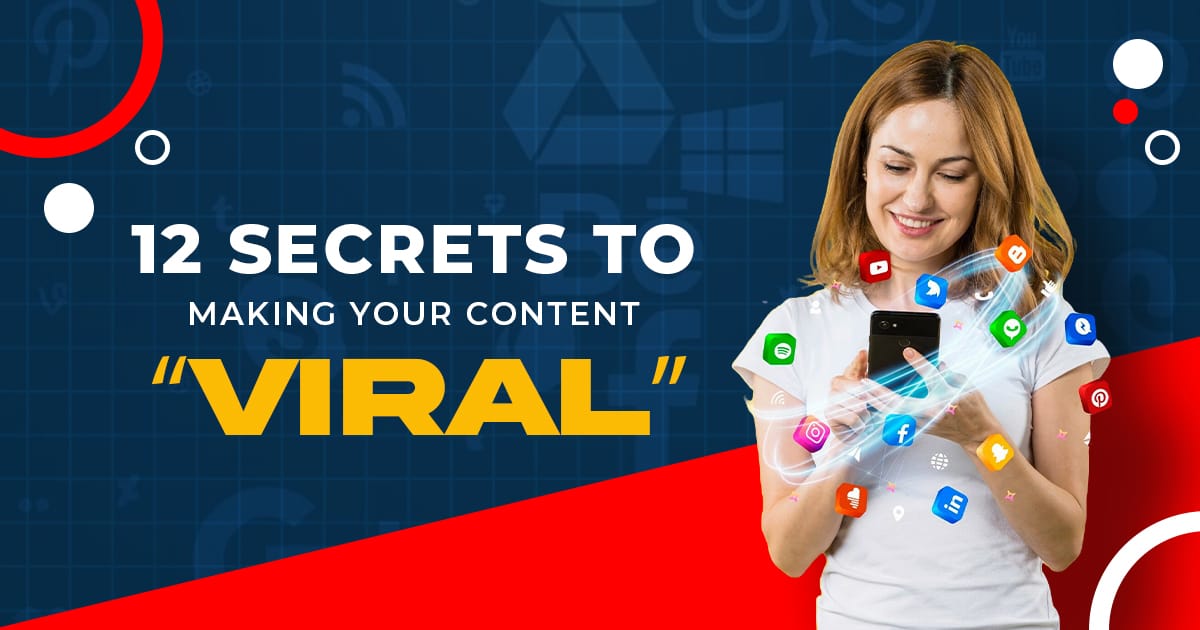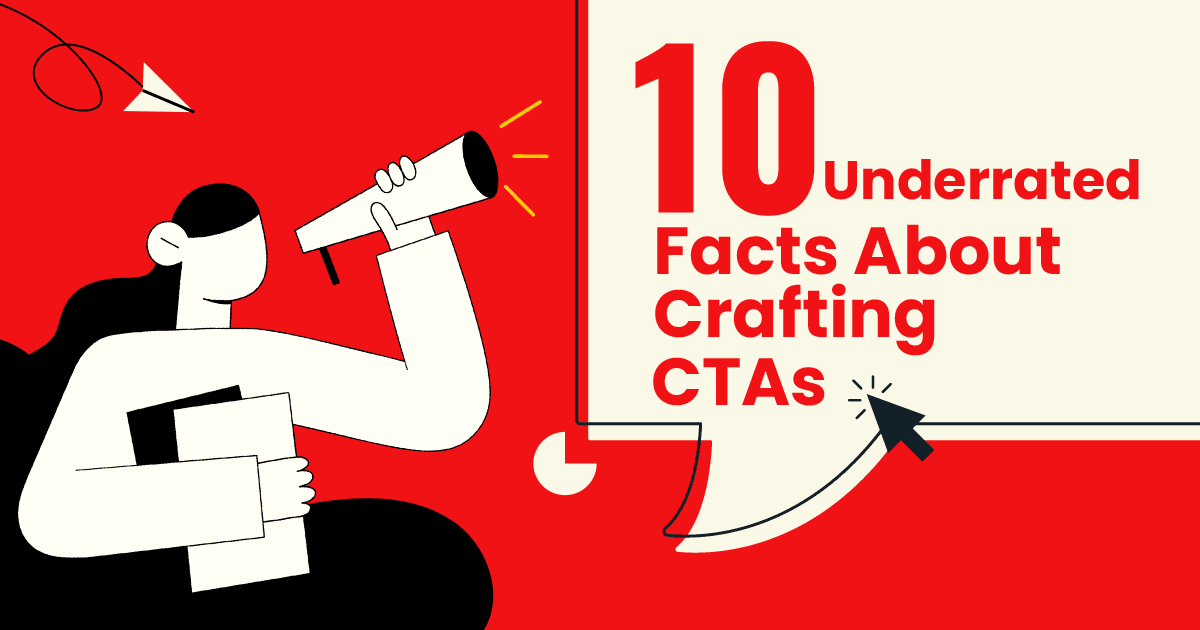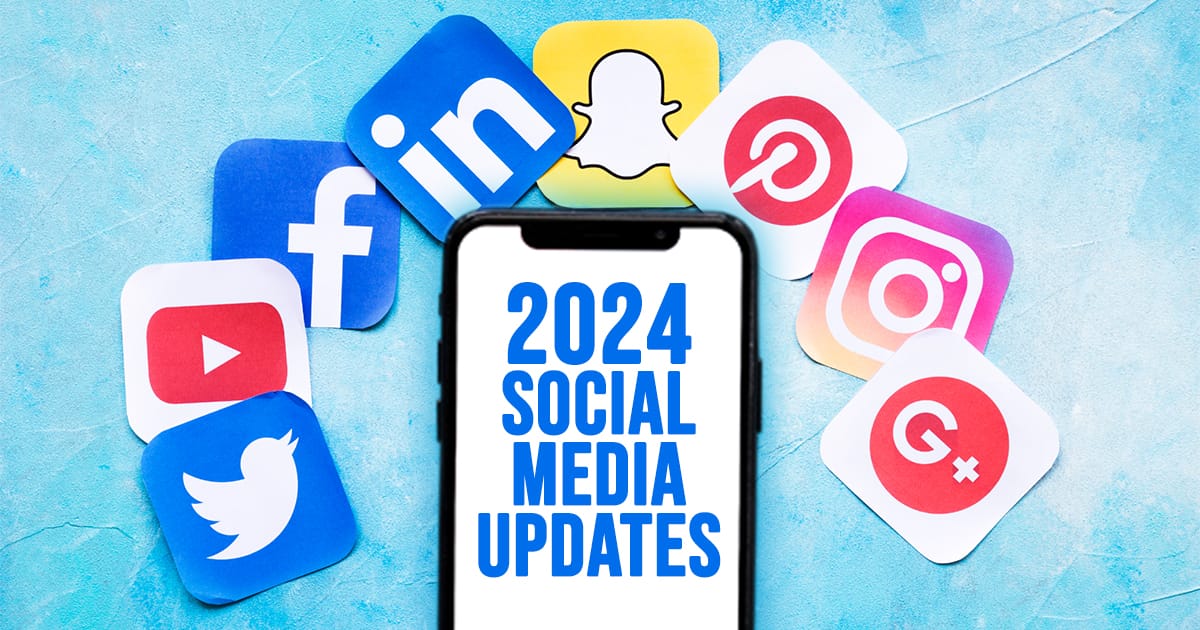Remember those nostalgic afternoons when the kulfiwala rang his bell—just like Pavlov’s bell for us? We could almost taste the kulfi in our mouths and would beg our parents to buy it. Or that pickle vendor outside school, where the sharp scent of chili drew us in, making it impossible to resist. The smell, the texture, the sight—these were the hooks.
Now, brands have given it a name: Sensory Marketing—a marketing approach that captivates our senses. Indian brands have been using sensory elements for decades, long before the term existed. From scratch-and-sniff perfume ads in the ‘90s to Fanta’s edible paper strips in 2013, sensory marketing has created unforgettable brand experiences.
Let’s explore some remarkable examples of sensory marketing—”that fill up our senses”—with the best 360-degree digital marketing agency in Kolkata.
What is Sensory Marketing?
Sensory marketing is a powerful strategy that engages one or more of the five senses—sight, sound, touch, taste, and smell—to create a deeper emotional connection between consumers and brands. By appealing to sensory experiences, brands can evoke emotions, enhance recall, and ultimately drive customer engagement and loyalty. The most successful campaigns integrate multiple senses to deliver a rich, immersive experience that resonates with audiences.
Appealing to the Five Senses
1. Visual: Packaging, Colour schemes, Typography, Advertisements
Sight is the most commonly used sense in marketing, as visuals play a significant role in capturing attention and shaping brand identity. Ancient Egyptians were among the first to use visual advertising, creating posters on papyrus to attract market-goers. Today, brands leverage colours, typography, imagery, and digital content to communicate their message.
Example: Rhode Skin’s collaboration with Krispy Kreme for their “Strawberry Glazed” skincare line transformed the sweet, glossy texture of a donut into a visual cue for dewy skin. The campaign’s aesthetic appeal made it instantly desirable, illustrating the power of visual marketing. Not only that, Rhode continuously uses this strategy with different launches like the Cinnamon Lip Balm. They revamped their entire feed aesthetic and even distributed cinnamon lattes to customers waiting in line!

2. Auditory: Brand jingles, Product sounds, Background music
Sound plays a crucial role in brand recall. From radio jingles in the 1920s to modern ASMR-infused digital campaigns, auditory elements can trigger emotions and create strong associations with a brand. Traditional Indian street vendors and temples have long used auditory cues to attract people—a sound-based marketing technique used well before radio ads became mainstream.
Example: Summer Fridays’ “Vanilla Beige” collection used ASMR-like sounds of cream being whipped in their campaign videos. Nescafé tapped into this concept by infusing ambient coffee-brewing sounds in stores and ads. The familiar sound of coffee being poured or a kettle whistling created an instant sensory connection, triggering feelings of warmth and comfort associated with their products.
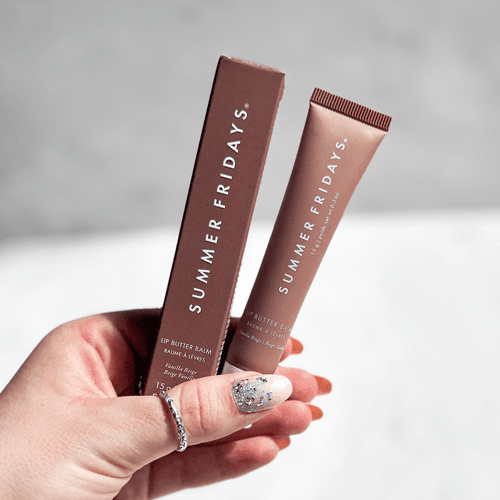
3. Tactile: Product texture, Packaging material, Store ambiance
Physical interaction builds trust and enhances perceived quality. Indian brands have been leveraging touch-based marketing through fabric swatches, product demos, and in-store experiences for decades.
Example: Raymond’s “Feel The Fabric” campaign integrated textured swatches into print ads, allowing consumers to physically experience the fabric quality before making a purchase. This tactile experience helped reinforce the brand’s premium positioning.

4. Gustatory: Flavour associations, Edible branding
Taste-based marketing is primarily used in the food and beverage industry. It’s not new in India—sweet shops have offered free samples for years, and street vendors frequently give testers to entice customers.
Example: Coca-Cola’s “Share a Coke” campaign in India integrated AR-enabled bottles, allowing users to scan the packaging to access exclusive digital content. This multi-sensory experience blended visual and taste elements, creating a deeper connection between the consumer and the brand.
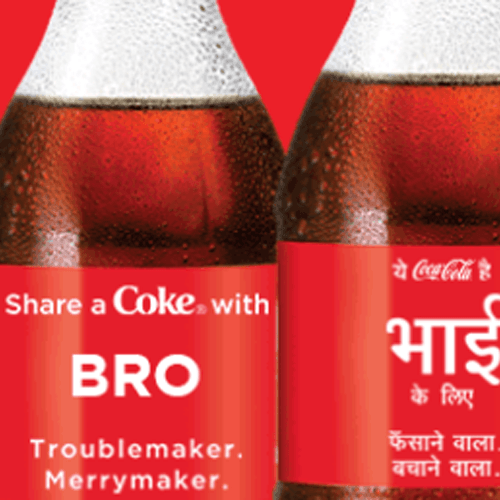
5. Olfactory: Signature scents, Scented packaging
A familiar scent can evoke powerful memories. From the aroma of fresh spices in a market to the smell of ghee-soaked sweets during festivals, scent has always been a subconscious marketing tool in India.
Example: Swiggy Instamart’s mango-scented newspaper ad engaged consumers’ olfactory senses in a traditional print format, enhancing the seasonal appeal of mangoes while driving brand recall. Similarly, Titan stores incorporate subtle fragrances that align with their luxury image, enhancing the in-store experience and reinforcing brand positioning.
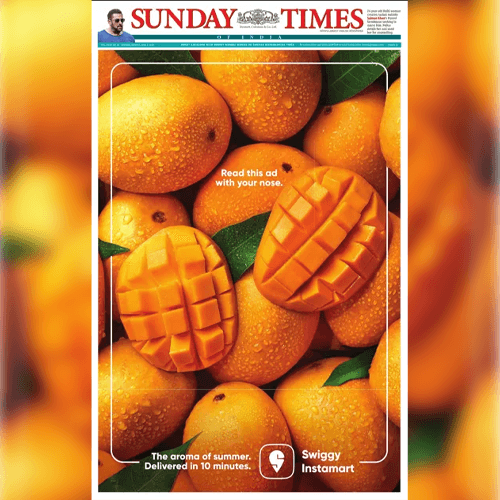
The Future of Sensory Marketing
Sensory marketing has massive potential in an era where people crave meaningful connections. If brands fail to create these connections, they risk losing engagement in the long run.
- Virtual & Augmented Reality – Creating immersive brand experiences. Example: Nykaa’s virtual lipstick try-on and Lenskart’s virtual eyewear trial.
- AI-Powered Personalization – Tailoring sensory inputs to individual preferences. Example: Derma Co’s skin analysis tool that recommends personalized skincare.
- Scent & Taste Digitization – Innovating ways to simulate sensory experiences through digital platforms. Example: KFC using digital billboards to spread their signature aroma.
Feeling overwhelmed? Why not let the best 360-degree digital marketing agency craft a sensory marketing strategy for you?
How Gr8 Brews Creates a Sensory Marketing Strategy
Audit Your Current Experience
- Which senses are you currently engaging?
- Where can you improve sensory engagement?
- What are your competitors doing in this space?

Define Your Sensory Signature
- What textures reflect your brand’s essence?
- What sounds resonate with your identity?
- Are there any scents or flavours you could link to your brand?

Craft Your Strategy
- Begin by focusing on one or two senses.
- Test and measure audience responses.
- Scale your approach based on results.
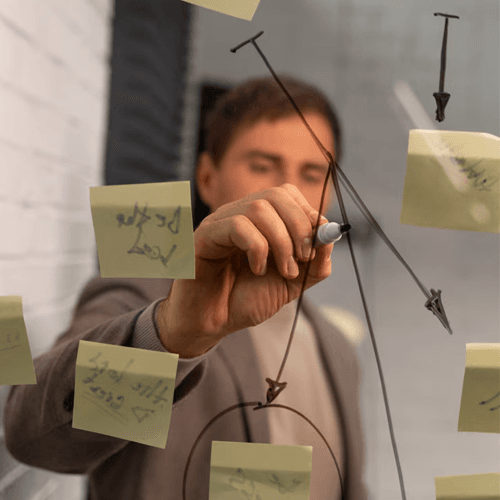
Studies reveal that 67% of customers remember brands better when multisensory elements are incorporated (Nielsen), and 90% of shoppers are more likely to revisit a business if it provides an enjoyable sensory atmosphere (Mood Media).
Still not feeling the excitement? Keep your sense of Gr8ness alive with us! Contact the best 360-degree digital marketing agency in Kolkata and experience the power of sensory branding. Contact Us!


